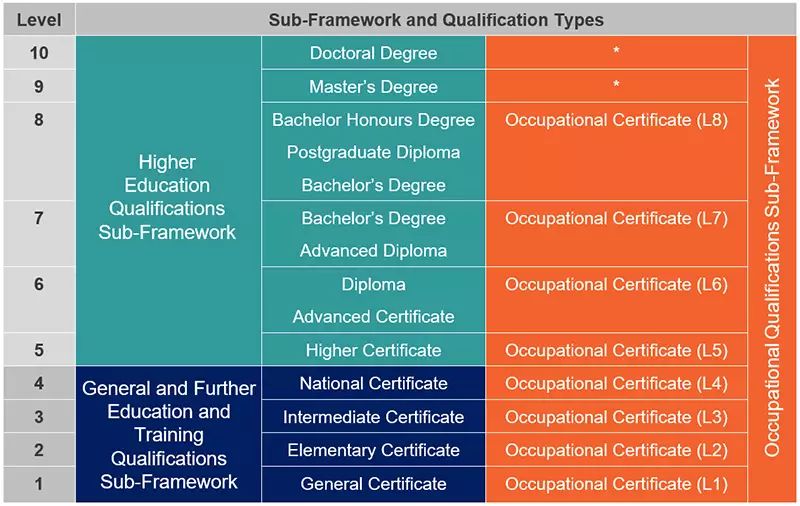One of the first steps Pragma takes with a new client is to conduct a full asset management maturity assessment. This helps to determine how the client’s physical asset management maturity and practises compares against global best practices. The results from this exercise are used to develop a custom asset management strategy, policy, scorecard and implementation plan in collaboration with the client.
The assessment framework is fully aligned with the new ISO 55000 standard for asset management as well as the Global Forum on Maintenance & Asset Management’s 39 subjects.
“Clients often first contact Pragma when they are experiencing problems with existing assets. They may not get the desired productivity or throughput from their plants or equipment and often their maintenance expenses are too high,” says Pragma Managing Director Attie Nieuwoudt.
These challenges could present companies with the opportunity to optimise their physical assets and save money while improving productivity and safety. These savings are not necessarily linked to a decrease in existing maintenance costs.
“Our approach is to optimise assets in a holistic manner. To do this we look at enhancing three elements in balance throughout the life of each asset,” he says.
Firstly Attie highlights that it is critical to take a step back and emphasises that Pragma looks at savings on maintenance costs throughout the full lifecycle of an asset. Step two is to focus on the optimisation of the production capacity to ensure that clients reap the full value from the investments tied up in their plants and equipment. Thirdly, from a risk perspective, safety plays a major role and needs to be considered.
“We have to make sure that we do not save money at the expense of safety and to minimise the opportunities for potential injury, loss of life or environmental hazards as far as possible. The reputational damage and costs associated with such incidents far outweighs the cost of proper maintenance tactics,” says Attie.
He emphasises that once a client has basic control of their physical assets, more opportunities to cut costs while reducing risk and increasing productivity will come to the fore for every new asset purchased. When these opportunities arise, companies are often tempted to purchase equipment with the lowest upfront cost. However, Attie recommends focusing on the total cost of the asset over its entire lifecycle as well as the productivity it will bring and the safety records it offers.
“This is the only way to ensure that you get the desired return on investment. When you buy an asset with a 30-year lifespan, its maintenance and operational cost could outweigh your initial savings within the first five years,” Attie says.
Recently, a client asked Pragma to develop a life cycle costing model for their fleet to streamline their asset replacement decision-making process. After benchmarking the client against world-class fleet maintenance best practices, implementing a management system for Asset Management according to ISO 55000 standards and developing a seven-year asset replacement plan in alignment with the enterprise asset management framework, the Pragma intervention saved its client:
R 741 000.00 in major repairs costs decisions in 2014-2015 financial year.
R 492 644.00 in once-off modification decisions.
R 2 121 737.00 in once-off vehicle replacement decisions.
An estimated R 362 152.52 in repairs and maintenance costs.
Based on the asset life cycle costing model, projected savings will result in R 5 187 000.00 on major repairs costs for the next seven years until 2022.
Attie says the total lifecycle cost of an asset includes a host of elements that need to be weighed in balance. These often include the equipment’s maintenance track record over its life and the amount of downtime that can be expected if maintenance is properly managed, the cost of parts including the potential impact of exchange rate fluctuations, the availability of parts and the level of stock that needs to be held to ensure uptime.
“All too often assets that cost less upfront can have a much higher replacement parts cost than competing equipment. Therefore, we run simulations that include the initial cost of the asset and the cost of keeping that asset in a new condition and operating at its optimum,” Attie says.
Another element that should be considered is long lead times on part replacements. When a manufacturer’s critical assets go offline for long periods of time, it could impact an entire facility and result in customer dissatisfaction and lost orders.
“If a stoppage is unplanned all the equipment may need to be cleaned. As a result, the client will lose the raw material that was in the process at the time of the stoppage adding additional expenses on top of the unplanned maintenance costs,” adds Attie.
“We want to take clients to a ‘zero unplanned stops’ scenario. If asset downtime is planned, preparations can be made in advance. Replacement parts can be ordered up front and waiting along with the skills needed to carry out the work effectively. Before the plant is stopped we make sure all the product is out and that the stoppage will cost as little as possible,” explains Attie.
According to research published by P&S Market Research, a global market research and consulting company, asset management technologies are playing a crucial role for industrial output in cross-organisational operations which also minimises the operational cost of organisations.
Industries that relies heavily on physical assets can use enterprise asset management systems (EAMS) for a diverse range of applications. This includes the facilitation of maintenance planning and scheduling, the facilitation of field work through software solutions, spare parts optimisation and inventory control to name a few.
